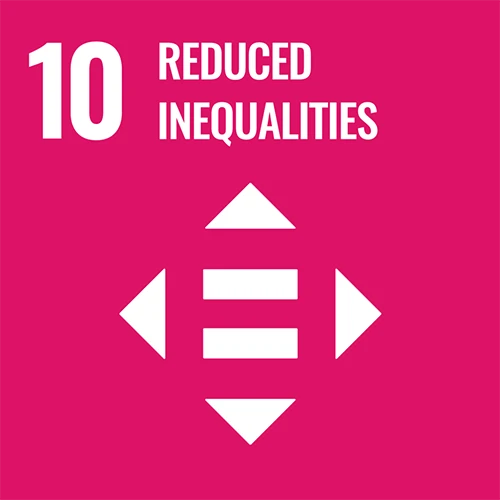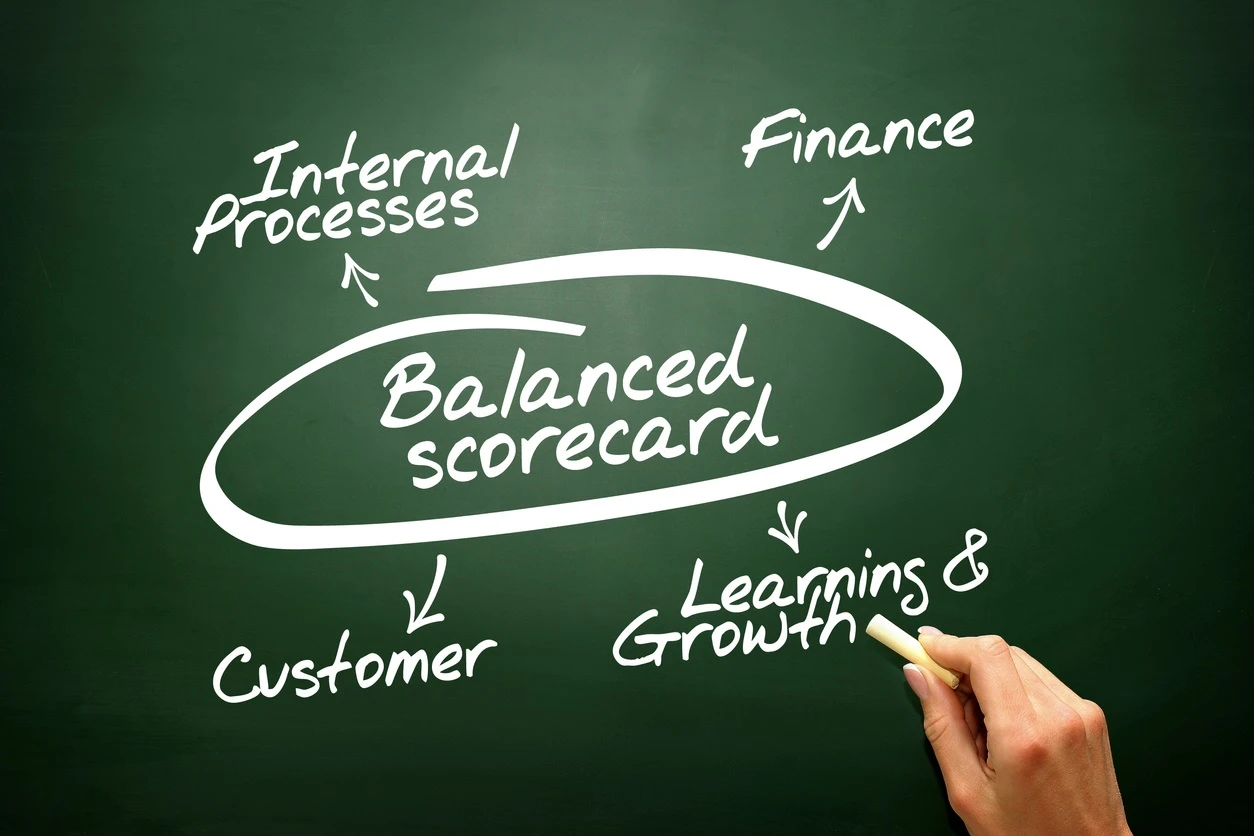What is Balanced Scorecard?
Balanced Scorecard is a modern management strategy that has gained worldwide popularity, including in Thailand. It was developed in 1990 by Dr. Robert Kaplan from Harvard Business School and David Norton from Balanced Scorecard Collaborative. This system was named "Balanced Scorecard" to help organizational managers recognize the weaknesses and ambiguities in past management practices. The Balanced Scorecard aids in clearly defining organizational management strategies by measuring performance from various perspectives to achieve balance across all areas, rather than focusing solely on financial metrics, as most businesses do (such as revenue, profit, dividend returns, and stock market prices). Implementing a Balanced Scorecard allows managers to gain a clearer picture of the organization.
The Balanced Scorecard is a comprehensive management and evaluation system for the entire organization; it is not merely a measurement system. It establishes a vision and strategic plan, translating these into actionable steps for every department and individual within the organization. The Balanced Scorecard provides solutions and improvements for operations by examining the outcomes of internal processes and the impact of external customer relationships, thus enhancing the effectiveness and efficiency of strategies. Once an organization fully adopts the Balanced Scorecard system, it helps shift the strategic planning from a system based on "following orders or inherited practices (academic exercise)" to a system that embodies "the unified purpose of the organization (nerve center of an enterprise)."
Kaplan and Norton described the newly created Balanced Scorecard system as follows:
“Balanced Scorecard continues to consider financial measurement perspectives. However, financial results reflect past organizational performance, illustrating the capabilities and lifespan of the company within the industry, but they do not indicate the organization’s future success for long-term investors or customer relationships. It is evident that merely measuring financial performance is insufficient; nonetheless, it can serve as a guideline and valuation of the organization's operational results, providing data that enhances future organizational value and offers directions for customers, suppliers, employees, operational processes, technology, and innovation.”
The Balanced Scorecard allows us to view the organization from four perspectives, leading to the development of measurement tools through data collection and analysis. These four perspectives include:
- The Learning and Growth Perspective: Focuses on employee knowledge and capabilities, employee satisfaction, and the development of work facilitation systems.
- The Business Process Perspective: Concerns internal organizational processes, such as innovation, efficient organizational structure, internal coordination, and effective production management.
- The Customer Perspective: Addresses customer satisfaction, company image, marketing processes, and customer relationship management.
- The Financial Perspective: Involves increasing revenue, achieving efficient production with low costs and minimal waste, and securing low-cost funding.
The Balanced Scorecard (BSC) has continuously evolved, transforming from a mere tool for measuring and assessing organizational performance into a systematic tool for strategic planning and management. The developers of this tool (Norton and Kaplan) firmly assert that balance in organizational development can be measured and assessed through four primary perspectives:
- Financial Perspective (F)
- Customer Perspective (C)
- Internal Perspective (I)
- Learning and Growth Perspective (L)
Thus, the BSC acts as a planning and management tool that defines these four perspectives to achieve balance in organizational development and ultimately accomplish the established strategic plans.
What does balance (Balance) mean in BSC?
Often, when implementing the BSC in various organizations, developers focus solely on fulfilling the four developmental perspectives (C-L-I-F), neglecting the understanding that while completing these perspectives is essential, it does not guarantee achieving the intended balance of the BSC. This balance should always be kept in mind during the development and implementation of the BSC, emphasizing the balance between:
- Objectives: Short-term and long-term
- Measures: Financial and non-financial
- Indicators: Lagging and leading
- Perspectives: Internal and external
Certainly, if the BSC developed and utilized in the organization does not strive to achieve the aforementioned balance, the expected benefits from implementing the BSC cannot be fully realized.
Strategy Map and BSC
Creating a map or roadmap that outlines the steps or pathways to achieve organizational goals is essential for clarity. In competitive environments with limitations, this must be a strategic map or strategic plan. Developing a strategic plan based on the four perspectives and achieving balance in those areas is crucial. The BSC also emphasizes the interconnection of perspectives (Perspective) in two forms:
- Relation
- Priority
Why is it necessary for organizations to implement Balanced Scorecard?
A survey of companies in the United States by CFO Magazine in 1990 revealed that only 10% of organizations successfully implemented strategic plans. Most organizations faced significant problems and obstacles, including:
- The Vision Barrier: Only 5% of employees understood the strategic plan of their organization.
- The People Barrier: Only 25% of managerial staff valued and managed according to the strategic plan.
- The Resource Barrier: 60% of organizations did not manage their budgets according to the established strategic plan.
- The Management Barrier: 85% of organizational executives spent less than one hour per month discussing strategic plans.
These obstacles stem from personnel at all levels not understanding or seeing the strategic plan, leading to misalignment in their work. This is where the BSC can help executives gain clarity on the planned path, enabling all personnel to recognize the activities they need to undertake to meet defined goals. The development timeline for implementing the Balanced Scorecard varies by organization size, but typically, if a business already has a written business plan, it may take about 2 to 6 months.
Benefits of implementing Balanced Scorecard:
- Provides a clearer vision of the organization.
- Gains approval and acceptance from executives at all levels, ensuring all units align with the plan.
- Serves as a framework for guiding organizational operations.
- Facilitates appropriate allocation of budgets and resources for each activity.
- Integrates strategic plans from all departments with the organization's business plan, ensuring coherence across all strategies.
- Allows for performance measurement at both the team and individual levels.


















